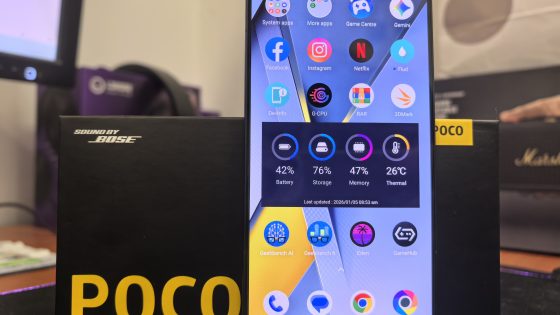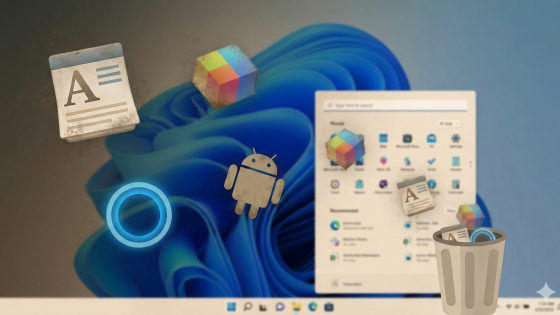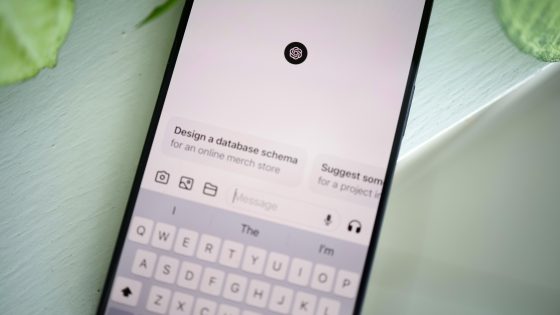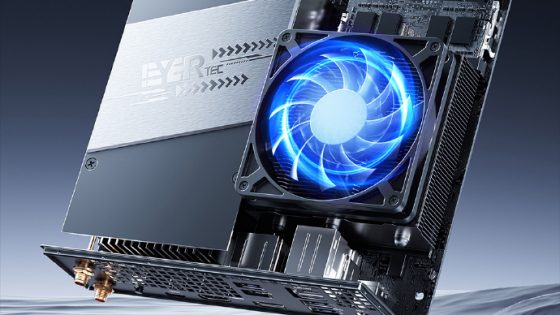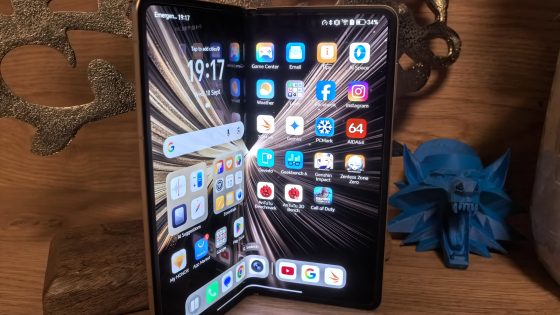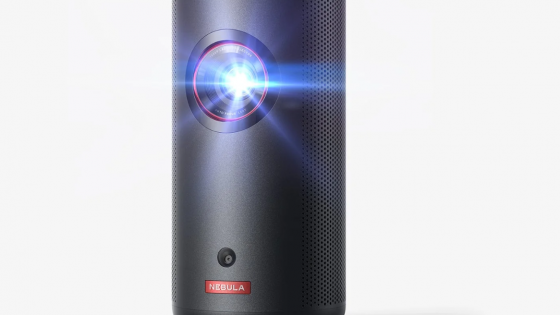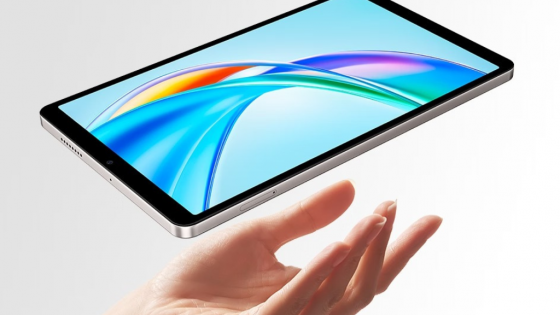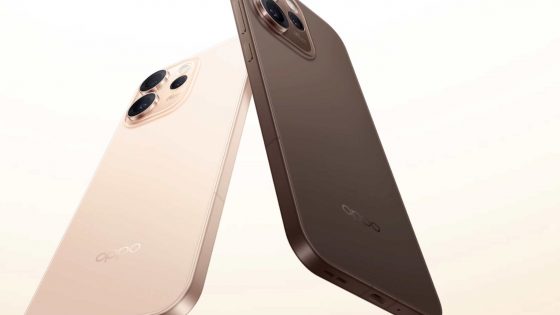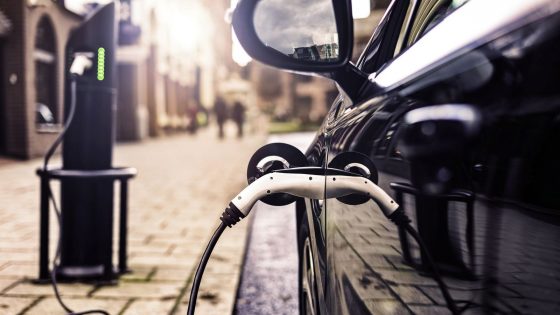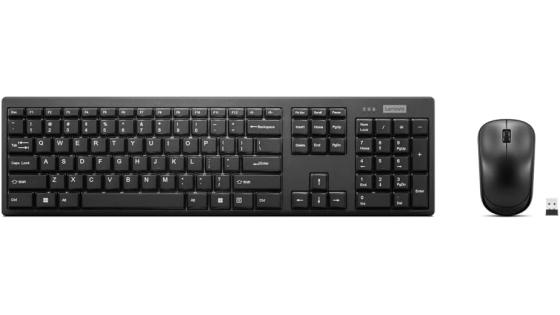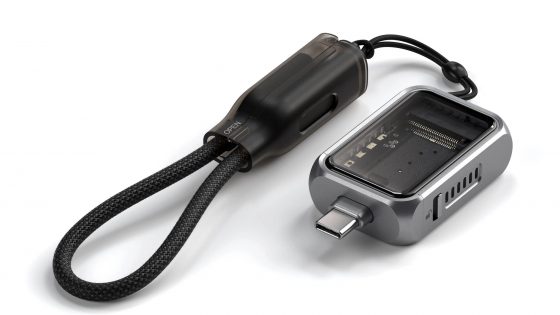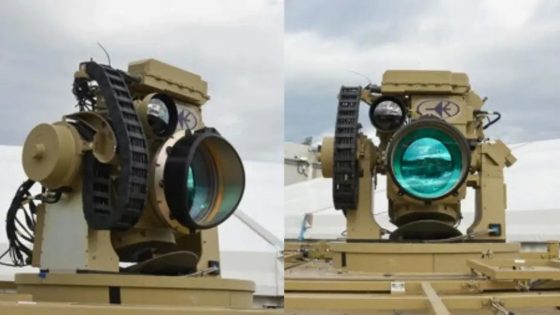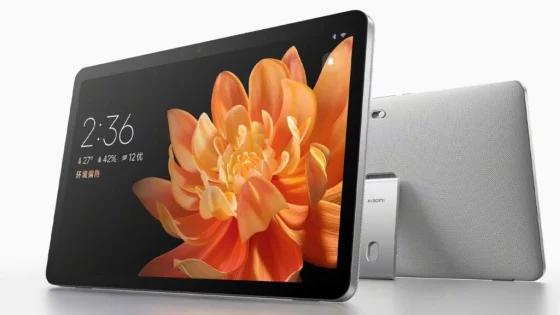The cars that helped save the company
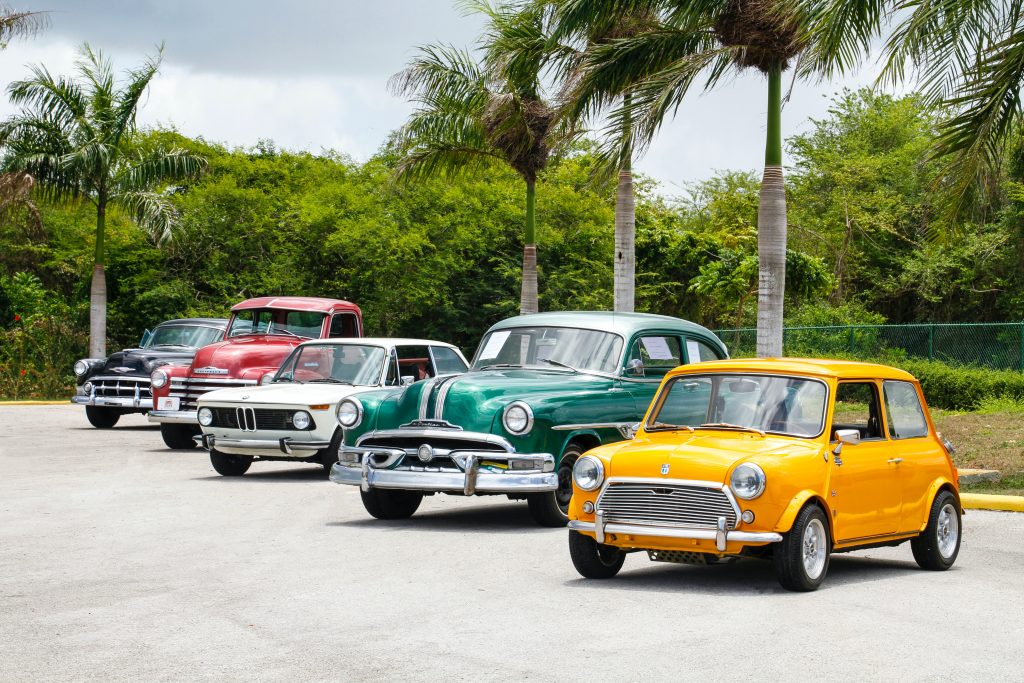
Some of these cars have achieved legendary status, while others have become a fixture in our automotive landscape, placing their manufacturer at the very top of the automotive industry.
In the following, we will reveal some of the most famous bodies on four wheels that changed the course of development in the automotive industry.

Photo: Volkswagen
Volkswagen beetle
Even today, one of the largest car manufacturers, Volkswagen (VW), once needed a savior. He got it in the form of a well-known beetle, which can still be seen from time to time on Slovenian roads, and behind the wheel of a car enthusiast who diligently maintained the Volkswagen antique over the years.
The savior was the VW beetle from 1948. At that time, the British army unexpectedly bought as many as 20,000 copies of this very atypical car. It was the Type 1 model, which was the inspiration for all subsequent air-cooled bugs.
Sales did not immediately explode to new heights. The factory director Heinz Nordhoff gradually expanded the sales network and by 1955 they managed to sell an incredible million examples. Thus, VW cemented itself in the automotive industry and laid the foundations for further production. Beetles were produced in factories all over the world: from Germany, Australia, Belgium to Brazil and Nigeria. The last models were assembled in Mexico in 2003. In total, more than 21 million bugs were produced.
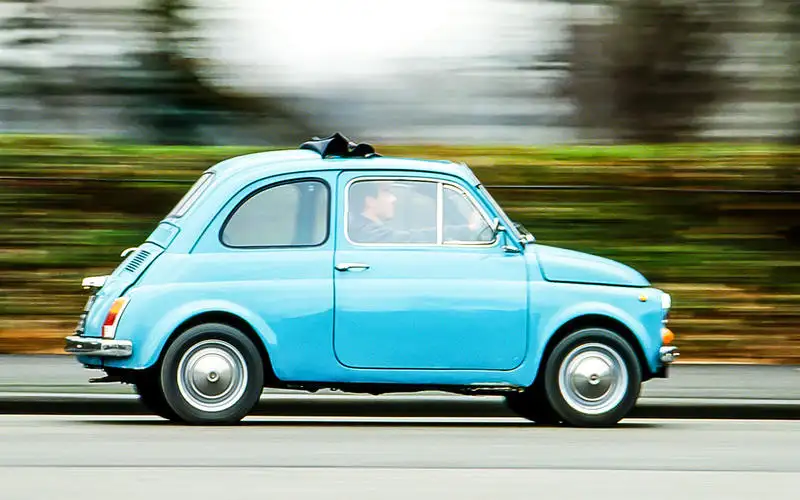
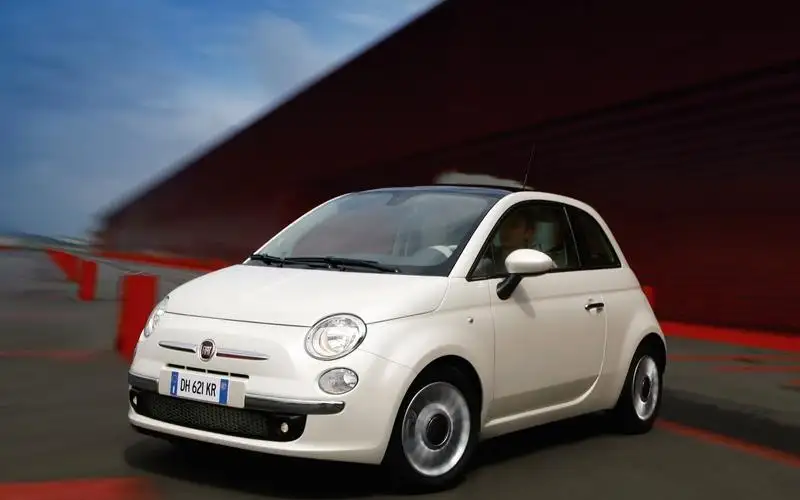
Fiat 500
After the Second World War, Italy wanted to put the economy on a profitable track as soon as possible. The demand for cheap transportation was initially filled by scooters, but it was not to the liking of today's giant Fiat. The Fiat 500, often mislabeled as a ficho, wasn't the first cheap car, but it was among the first that didn't look like it was going to roll over at the first pothole. During 18 years of production, they made more than 3 million examples.
It was accompanied by low maintenance costs, while at the same time it had enough power for driving around the city and in the countryside. The foundations laid by the fiat 500 are still felt today. This little miracle on four wheels returned to the production lines in 2007 and once again took care of the sales renaissance of this Italian manufacturer.
The emphasis was on personalization, and the finishing touches were added by the cabriolet version and the sportier Abarth version. They sold one million cars in four years, and around 3 million so far. During this time, most of the production moved to Poland and Mexico.
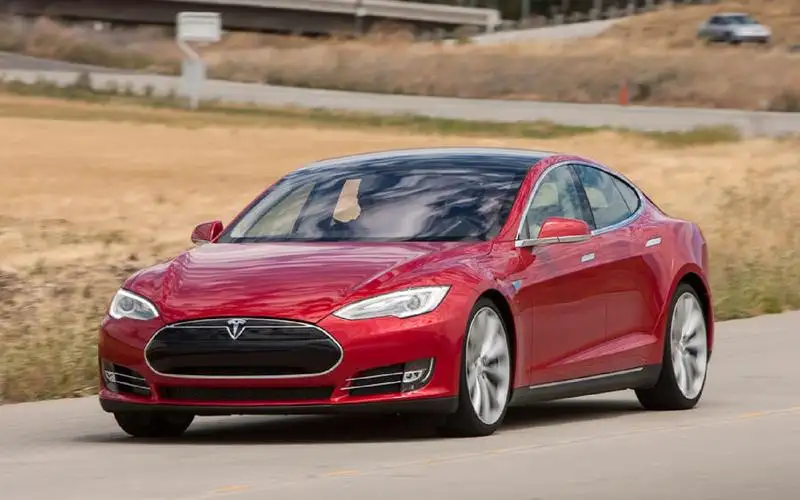
Tesla Model S
The original tesla roadster was based on the lotus elise car, but it failed to capture the imagination of sports car buyers and consequently access to their finances. The failure forced the then American start-up to wind down its operations. After several delays, the Tesla Model S was introduced in 2012, which on paper and on the roads justified the comparison with the sedans of the time.
But what has put Tesla on the map is the strategy of putting in place their own electric charging infrastructure when the car is launched. Tesla super chargers have helped to eliminate the fear of customers regarding the time and location of charging.
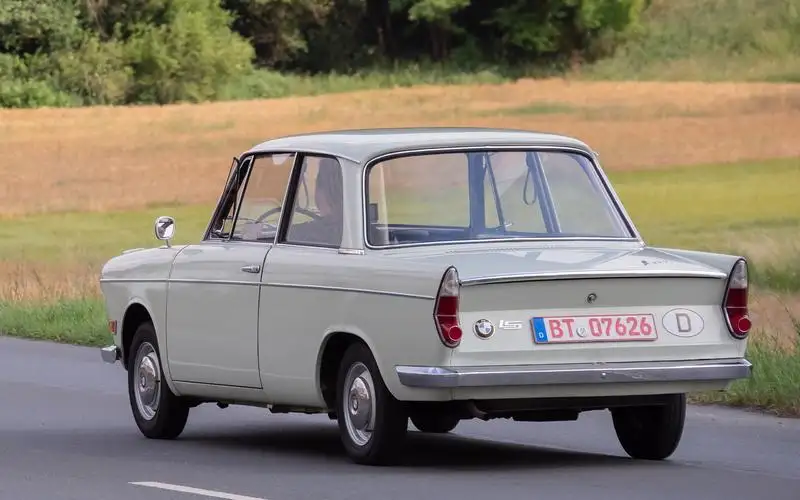
BMW 700 (1959)
A pattern is emerging. Another giant once appeared on the list of inevitable collapses – BMW. In the late 1950s, BMW had a solid number of luxury and smaller cars, but this was not reflected in sales success. The BMW 700 came to the rescue and began to achieve success.
The 700 model was radical in terms of design. It was the first BMW monocoque construction. At first, the 700 was available as a coupe, and soon a sedan was released, which stopped at the number of 154,000 units produced. An additional 33,000 coupés and convertibles were on the roads at the time. The BMW 700 was powered by a 697cc flat-twin engine that was pulled from a motorcycle, which didn't bother buyers.
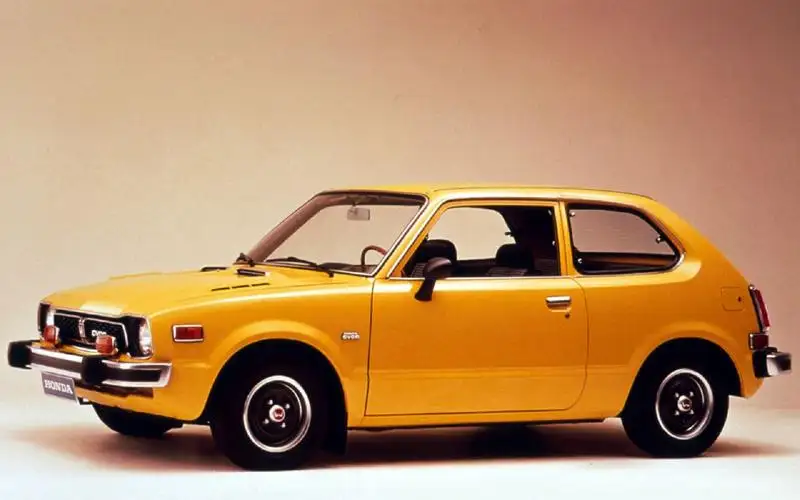
Honda Civic (1972)
Honda considered abandoning car production to focus on motorcycles. In 1972, however, their thinking was changed by the Honda Civic. Before that, Honda was unable to penetrate beyond the Japanese market. With the Honda Civic, buyers who were looking for a small and economical car during the energy crisis at the time suddenly got a decent alternative.
The Civic was available as a three- and five-door hatchback with front-wheel drive. The closest rival was the Ford Escort, which relied on rear-wheel drive and a fairly outdated suspension concept for a less comfortable ride than the Civic. This was a sufficient reason for Honda to start the business with huge profits. In total, more than 20 million Civics were sold. They continued their success in 1976 with the launch of the Honda Accord.
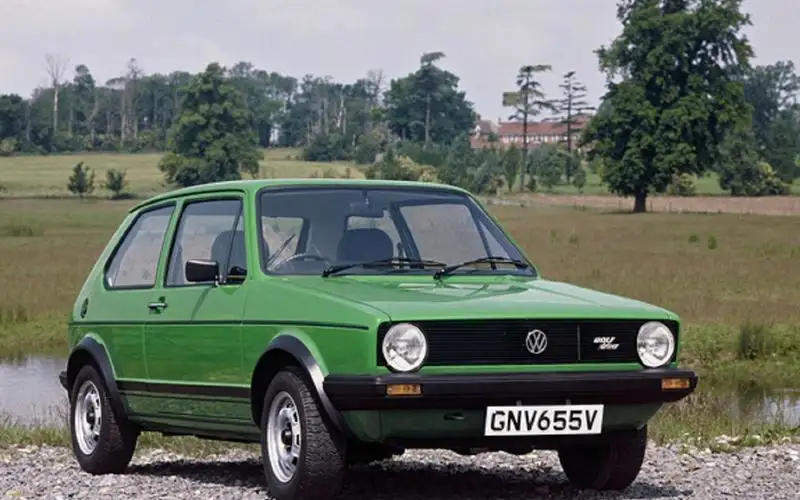
Volkswagen Golf Mk1 (1974)
Although VW was not in danger of bankruptcy in 1974, profits were solely dependent on the sale of the bug savior. They wanted to "retire" him several times, but they didn't succeed. The Golf Mk1 also failed in this feat, but achieved its own kind of fame and success. VW additionally filled their pockets, which allowed them to start production of the Passat.
Even if the golf was not the savior of VW from bankruptcy, it put the manufacturer on modern rails and the name golf is still synonymous with Volkswagen today.
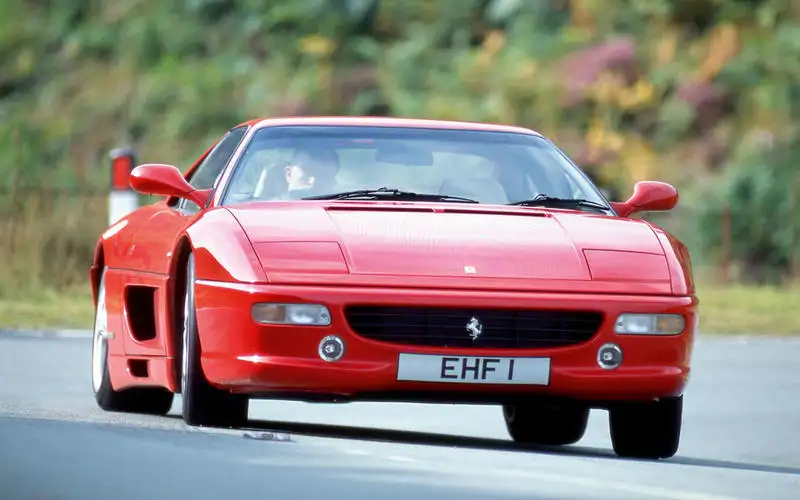
Ferrari F355 (1994)
At the beginning of the 1990s, Ferrari had problems not with financing, but with reputation. The sporty Ferrari 348 was considered by many to be only average, which is unacceptable for a company synonymous with sports cars. They needed something drastic, and the Ferrari 355 delivered. It was perfect from every angle, a symphony of beauty, with a 380 horsepower 3.5-liter V8 roaring inside. The counter stopped at 273 km/h. Ferrari delivered a nearly perfect car. They saved their reputation and swung back to the top of the industry.
More than 11,000 F355 cars were sold, double the revenue of its predecessor.
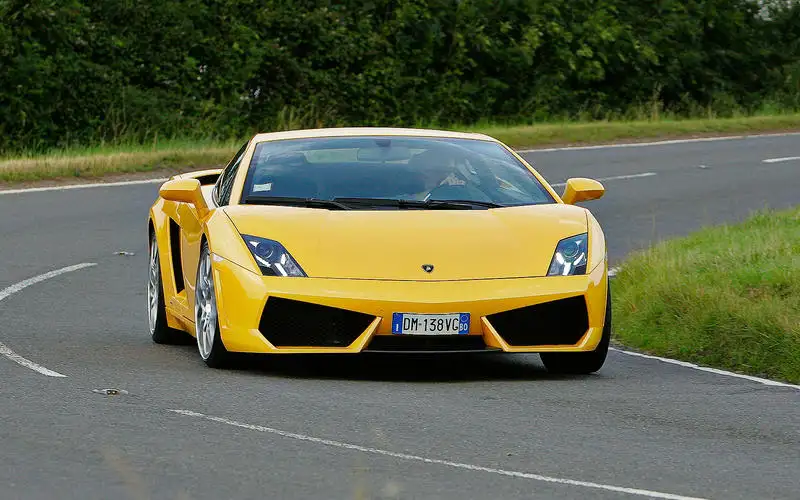
Lamborghini Gallardo (2003)
We all know Lamborghini cars for their sharp designs and engines that literally spew fire. Despite their pomp, however, they never broke records. In fact, before the arrival of the Lamborghini Gallardo model, their sales success was counted in only a few hundred examples. The Gallardo was created under the tutelage of a new owner (Audi), who demanded more than the previous management. The Gallardo carried a heavy burden, but he relieved it on the shoulders of 14,000 buyers. The latter was enticed by the mix of a 493-horsepower V10 engine, four-wheel drive and, as always, a crazy body.
Lamborghini secured financial stability in a short time. These are just a few famous cars that saved their manufacturers. Do you know someone else who changed the course of history?



